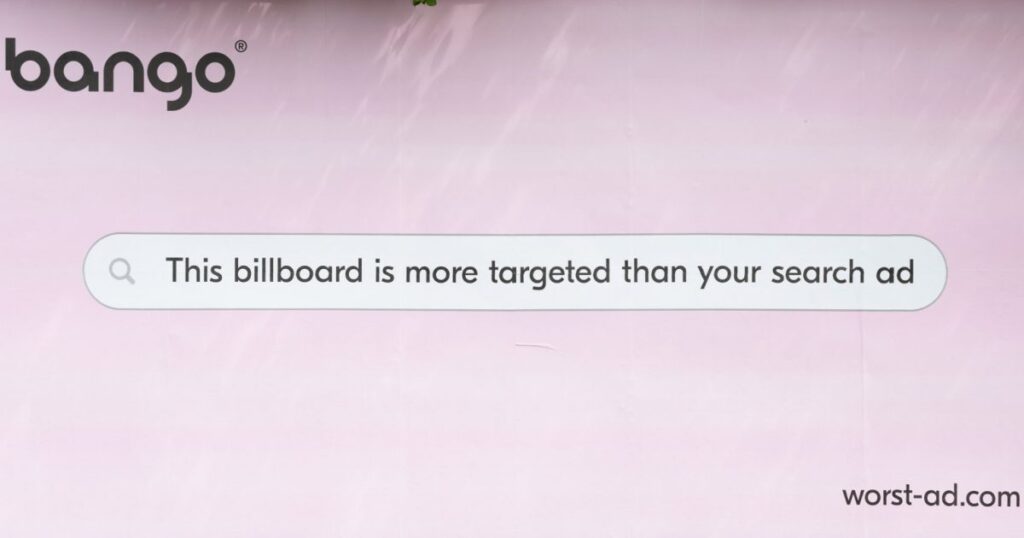Bango CMO on Purchase Behaviour Targeting
Purchase Behaviour Targeting is a digital advertising method that boasts better targeting and conversion rates than search ads, according to Bango CMO and Co-founder Anil Malhotra. Amazon, Google and Microsoft are already using Bango technology to acquire more paying users.
Malhotra talks about this trend, and why it provides better ROI than traditional methods.
1. What are some of the industry trends you are most excited about and why?
“One of the most exciting trends in digital marketing is the move away from flawed modes of consumer targeting, towards higher quality targeting methods such as purchase behaviour targeting (PBT).
Purchase behaviour targeting is an emerging digital advertising method that’s dramatically improving digital marketing results. This allows marketers to target their adverts directly at the consumers who are most likely to buy their product — based upon what they’re previously purchased.
Rather than leaning on misleading search data or disparate information extracted from other online activity, businesses can gain real insights into buying behaviour with the use of purchase data. It can be thought of as the difference between targeting a vegetarian food advert at somebody who’s Googled those keywords or fits a particular profile and targeting the advert at somebody who regularly dines at vegetarian restaurants.
This type of targeting may reach less individuals overall but will very likely improve conversions.”
2. How tough it is to work in this industry, and what advice would you give?
“With marketing budgets tightening and the average cost-per-click increasing across most platforms, it’s never been more challenging to be a digital marketer. Marketing dollars need to be spent in smarter, novel ways, in order to prove that marketing efforts deliver measurable results against core business KPIs such as revenue, customer acquisition and return on investment.
My advice is to be aware of the nature of these challenges — for example, be aware of just how sceptical of digital marketing most CEOs and boards are. Research recently carried out by Bango found that 77% of CEOs don’t see digital advertising as a reliable source of new customers or sales, while 62% believe too much marketing budget is wasted on activities that don’t deliver meaningful results. In light of this, it’s enormously important to remain focused on ROI as a marketer.
Subsequently, digital marketers must critically evaluate their methods and ask if budget is being allocated effectively. For instance, search advertising takes the biggest slice of digital marketing budgets but is demonstrably not delivering an adequate ROI. A recent study by Platonik found that out of 85,000 consumer search queries, only 9.1% of them had purchase decision intent.
3. What are some of the pain points in marketing that you’ve experienced?
“A particular pain point in digital marketing is the huge disconnect between what marketers measure and the KPIs that matter to the wider business. There is a kind of self-approval process in digital marketing, focused on audience engagement as the primary goal. But businesses need to know what the relationship is between marketing content on social platforms, for example, and new customer numbers, sales revenue, profits – the stuff that all businesses measure themselves against.”
4. What’s a marketing achievement that you’re happiest about?

“This year we pulled a little stunt to highlight shortcomings in search advertising. To do this, we went offline – we bought an advertising billboard just outside Manchester, UK.
Why? Well, after a lengthy search we discovered that this particular billboard is the least viewed in the UK. We made a point of paying for the worst performing billboard to ironically contend that this would perform no worse than a lot of so-called targeted search advertising, which our research has shown fails to reach over a third (35%) of its target audience. A quarter (26%) of those that do, don’t reach those with purchase intent, while a further 20% don’t reach decision makers — calling into question search advertising as a marketing investment.
Digital marketing overall has always claimed that it targets marketing dollars more accurately than traditional ad methods. But our research into search advertising presents growing evidence this is not the case. Put bluntly, you are NOT getting what you are paying for. So, our billboard in the wilderness was an eye-catching PR stunt to highlight the money wasted on untargeted digital ads.”
5. How to improve your data In B2B marketing?
“Improving your data boils down to selecting the most effective data sources. Our research has found that over a third (35%) of search ads never reach their target audience, meaning that a shocking $60.2bn of global ad spend was immediately wasted in 2020. Wasting a third of your search ad budget represents a hugely significant loss.”
With search analytics resulting in marketing that wastes over a third of money spent, and many potential customers being classed as “unknowns” due to digital advertising providers being unable to identify their age, gender, parental status or household income, digital marketers must hold fast to harder, higher quality data.
Analysing the buying behaviour of potential customers is the source of this high-quality data — purchase behaviour data. Many digital marketers are now turning to payment companies for exactly that kind of data. Such companies are able to provide marketers with online payment data that enables ad targeting rooted in what people are actually purchasing.
If your business runs Facebook ads, it’s possible to add a basic pool of purchase data as one of your targeting criteria. Often, however, you can collect purchase data from subscription services such as online music apps, games or internet shopping platforms. To build a truly effective purchase data set, marketers might need to expand their scope further. You may have your own purchase data set ready for analysis. The greater the volume of purchase data included from your own sources, the better your marketing will be.”
